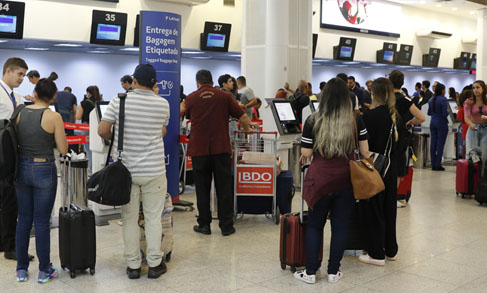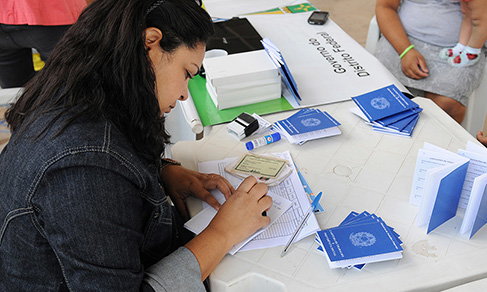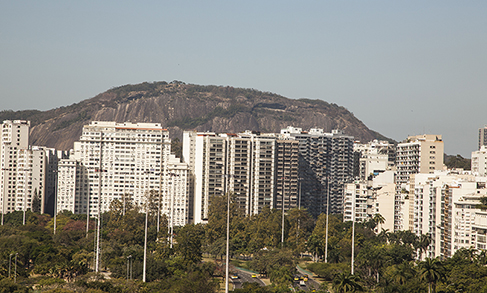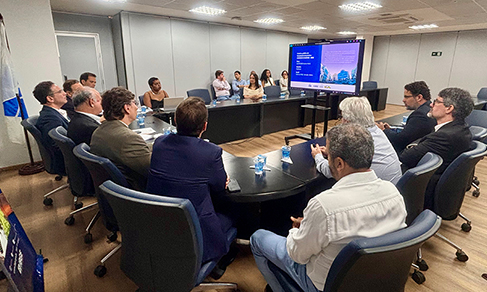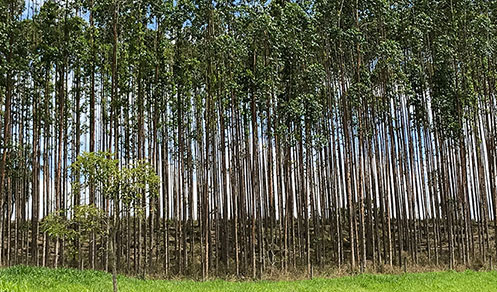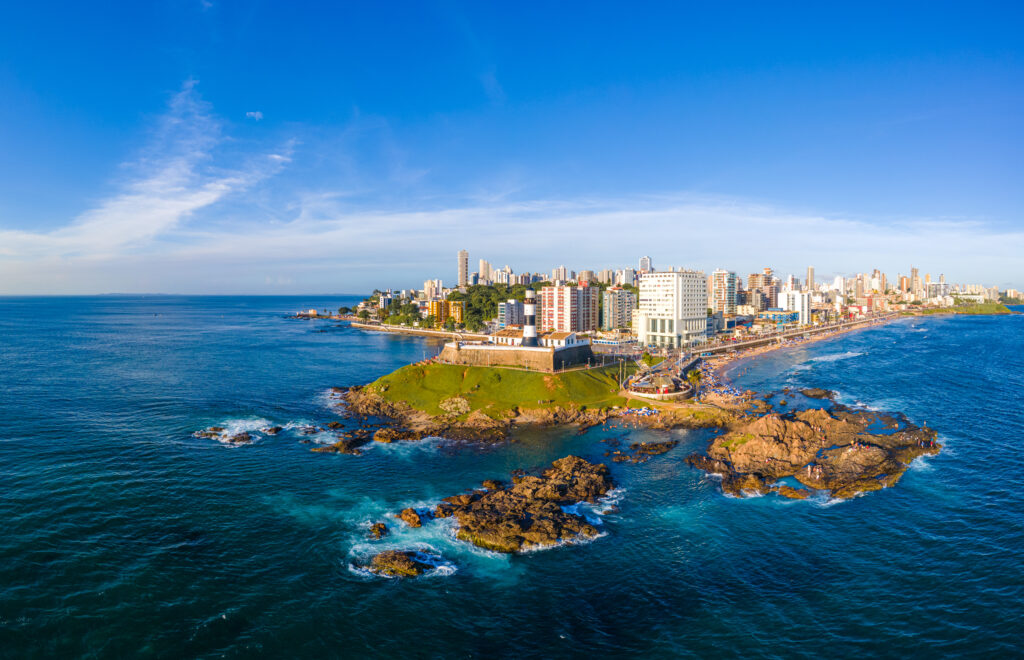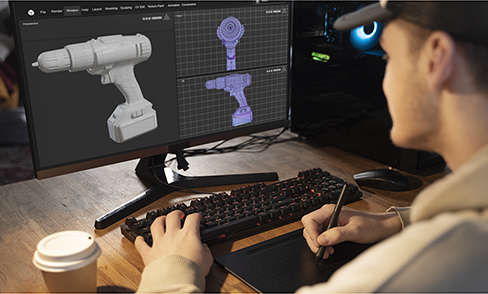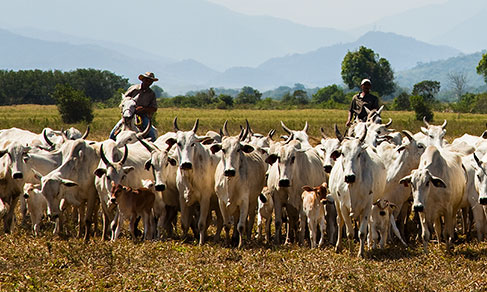Brazilian Territory Division
IBGE updates list of Brazilian municipalities, municipal districts and sub-districts
March 14, 2023 10h00 AM | Last Updated: March 14, 2023 04h48 PM

The IBGE updated once again the list of municipal sub-divisions in Brazil. In relation to the previous year, the current survey, related to 2022, pinpointed the inclusion of 28 new municipal districts, being 16 in Minas Gerais, 9 in Pernambuco, 1 in Amazonas, 1 in Rondônia and 1 in Mato Grosso. In addition, 7 districts were extinguished, 12 sub-districts were created and 52 sub-districts, extinguished.
The information is from the Brazilian Territorial Division, released today (14). The tables with the information can be accessed through the IBGE Portal.
The Brazilian Territorial Division details the Brazilian territorial structure, listing the Macro-regions, Federation Units, Intermediate and Immediate Geographic Regions, Meso-regions, Micro-regions and
Municipalities, besides their internal sub-divisions, the districts and sub-districts. The IBGE systematizes all those information, following up potential changes in the Political-Administrative Division by means of annual updatings, supported by its States Superintendencies and respective Territorial Base Sections and Branches network.
In the most recent survey, related to 2022, the Brazilian territorial structure maintains 5,568 municipalities since 2013. A federal district (Brasília) and a state district in Pernambuco (Fernando de Noronha) should be added to those municipalities.
On the other hand, intra-municipal divisions change more dynamically. In 2021, they amounted to 10,649 districts and 683 sub-districts. In 2022, we counted with 10,670 districts and 643 sub-districts.
The differences are related to creations and extinctions by the municipalities themselves, which are then reflected in the IBGE´s registries.

As part of its institutional mission, the IBGE records the events occurred in the Brazilian Territorial Division (DTB) aiming at updating the knowledge of the Brazilian territory in order to structure the operational steps of Data Collection, Calculation, Statistical and Geographic Analysis and Dissemination associated with Household Surveys, Censuses and Annual Population Estimates and other geoscientific studies.
What are they?
Municipalities - The Constitution of 1988 considers a municipality as the federation unit with the smallest territorial reach. It is possible to follow up each year the creation and extinction of municipalities over time through the relations of existing municipalities.
Districts - They are administrative units internal to the municipalities. The state Constitutions can regulate the creation of districts by establishing criteria for creating, changing and suppressing them. The units that have cartographic representation and that are sent to the IBGE by the municipal administrations are registered in the IBGE´s database.
Sub-districts - Sub-districts are geographic units that fully divide the territory of districts or municipalities. Up to 2016, the criteria admitted administrative regions and zones that not necessarily fit into either the municipal or district division. From that year onwards, it was decided to restrict the criteria, due to operational factors linking with the mesh of enumeration areas. The sub-districts that have cartographic representation and that are sent to the IBGE by the municipal administrations are registered in the IBGE´s database.




